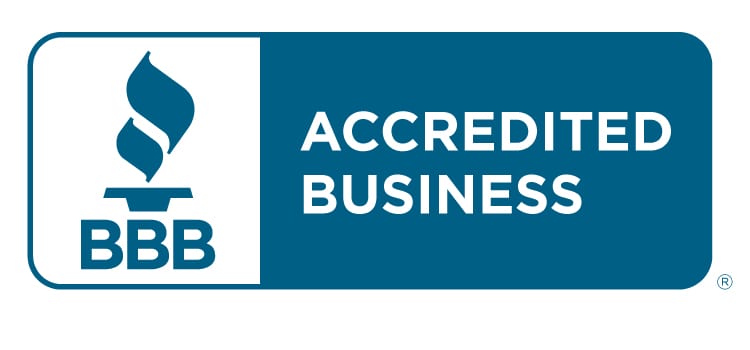
How (and Why) to Write Better Alt Text
Are you using alt text correctly?
Alt text (aka “alternative text,” “alt attributes” or “alt descriptions”) is beneficial for both accessibility and SEO. But a lot of brands aren’t using it right, which can lead to issues with user experience and search engine performance.
Make sure you meet the mark. Learn more about the role of alt text and how to write it well:
What Is Alt Text?
Alt text is written copy that corresponds with the images on your website. Unlike captions, alt text offers a literal explanation of what each image contains, and is not immediately visible to most users.
Major benefits include:
- Accessibility: Alt text provides a description that can be read aloud by a screen reader, thus providing a cohesive experience for users with visual impairments or those who cannot get images to load.
- SEO: Alt text allows search engine crawlers to index your web pages more effectively and boosts your ranking potential.
How to Write Good Alt Text
In order for alt text to serve its purpose, it has to follow a few simple rules:
- Keep it concise. Be as succinct and to the point as possible. This is not the time for fluff or flowery language.
- Avoid keyword stuffing. It’s good to add a keyword or two, but don’t overdo it or try to stuff in keywords where they don’t fit.
- Skip decorative images. If a graphic isn’t relevant for users (i.e., stylistic border images), forgo alt text there since it will interrupt the flow of the page.
Other Resources
Want to learn more? Here are some additional resources that may be helpful to you:
- The A11Y Project
- Codecademy, What is Digital Accessibility?
- Digital.gov, An Introduction to Accessibility
For any other questions, get in touch, and let’s chat!







